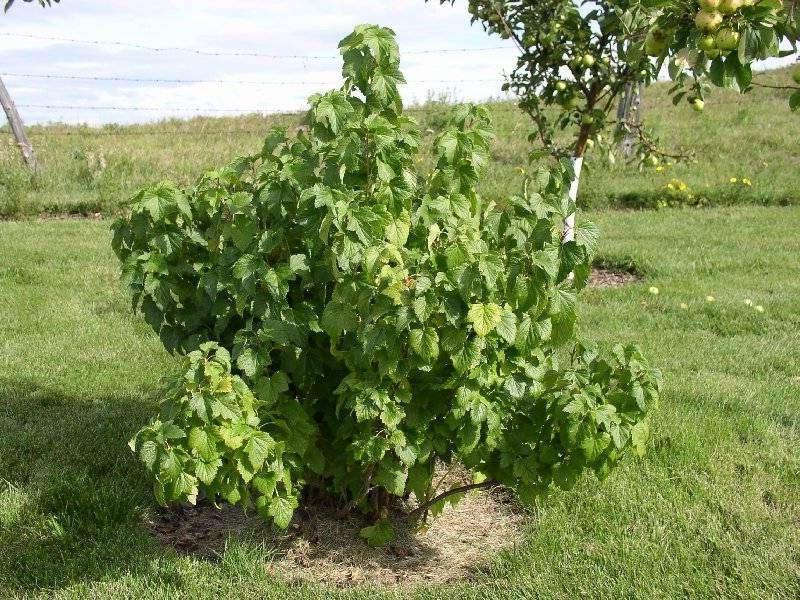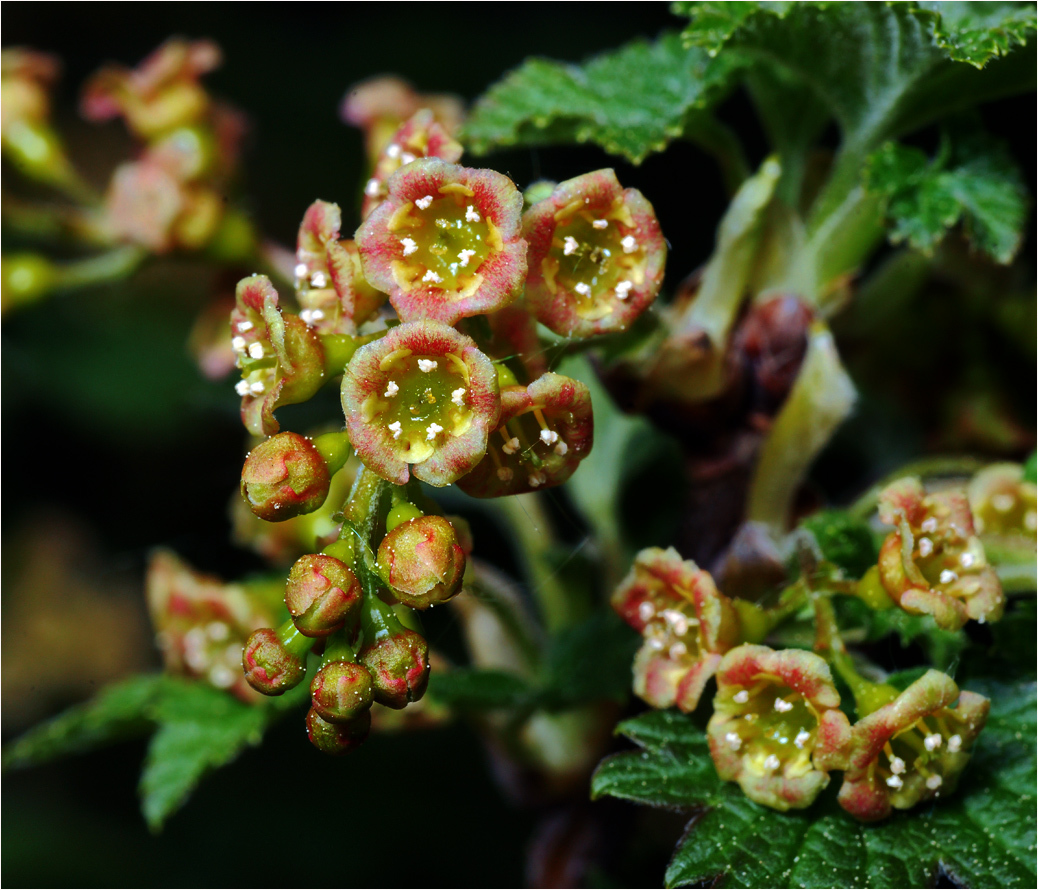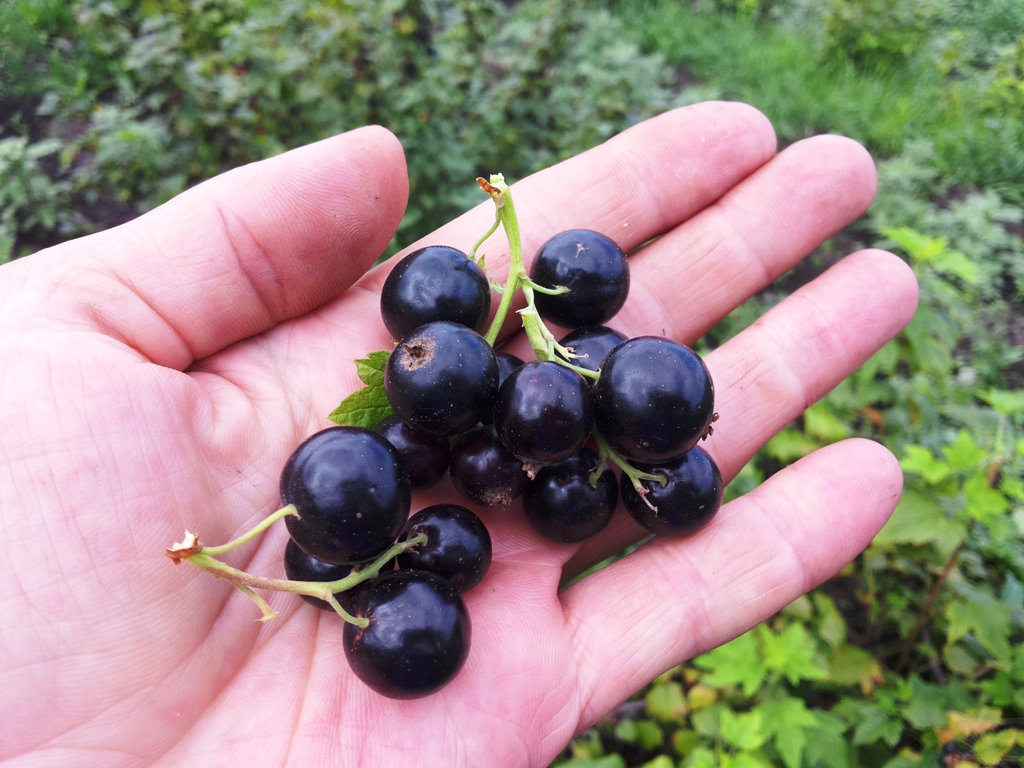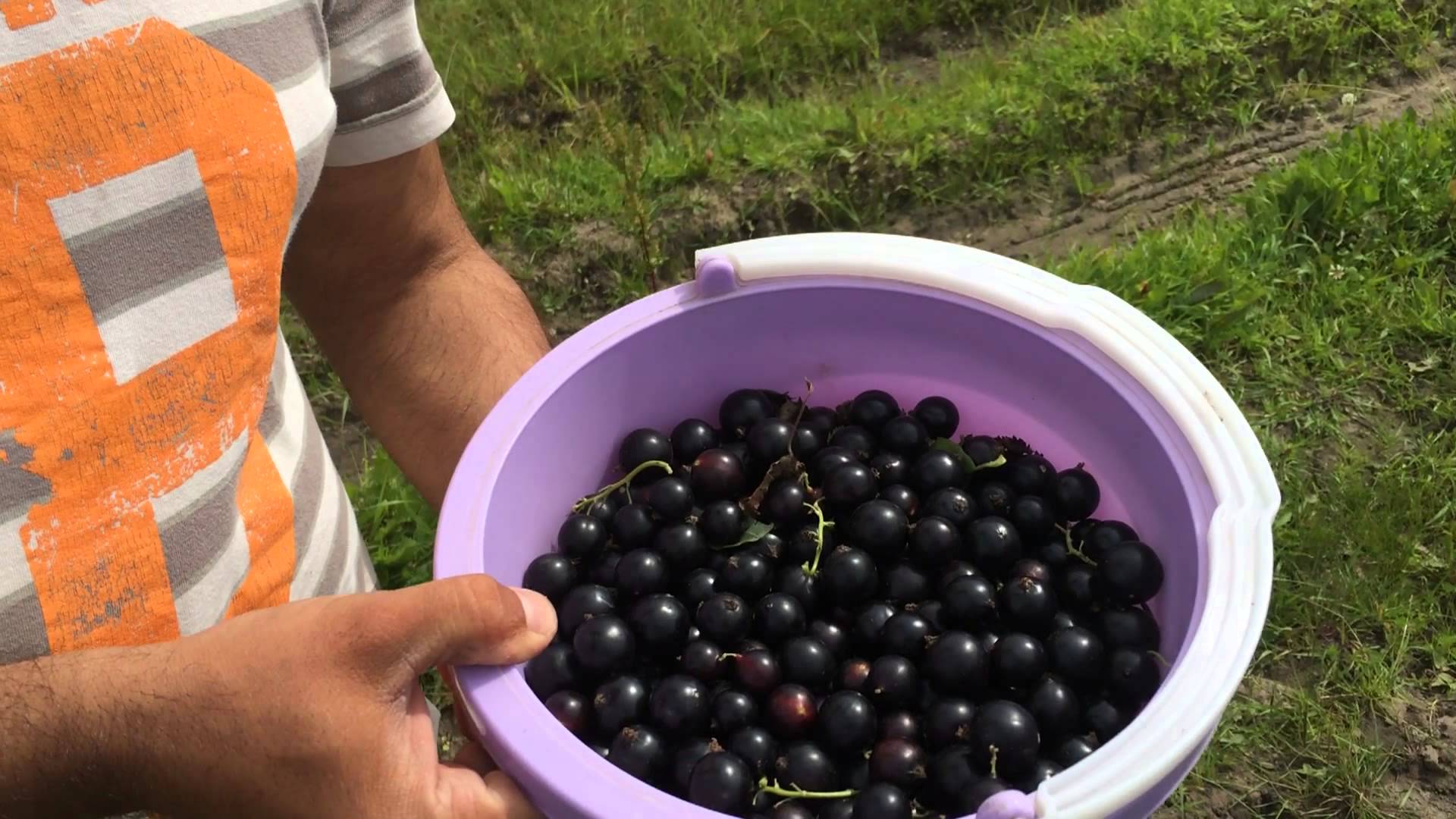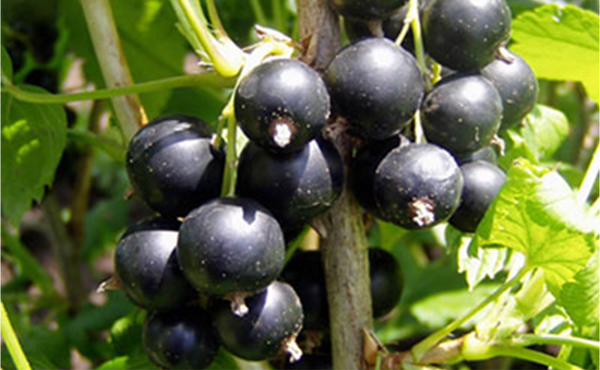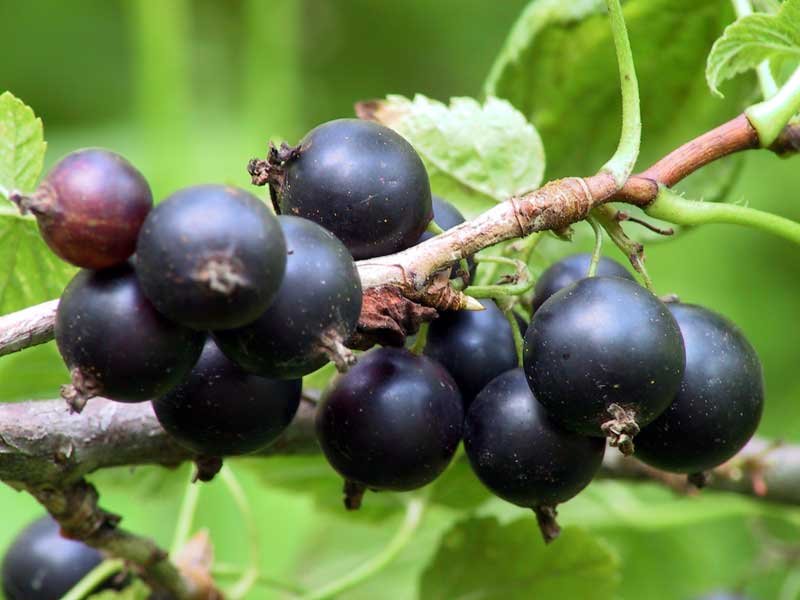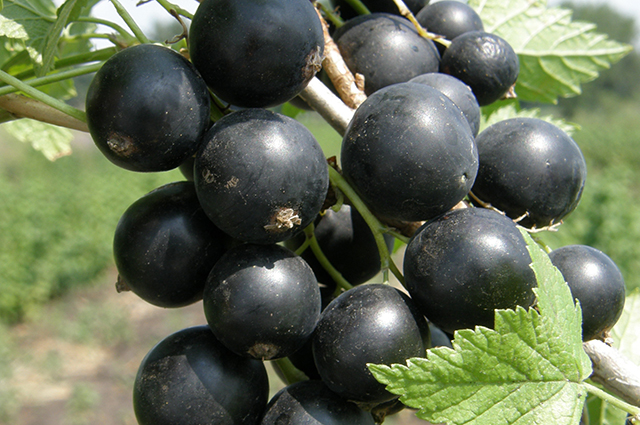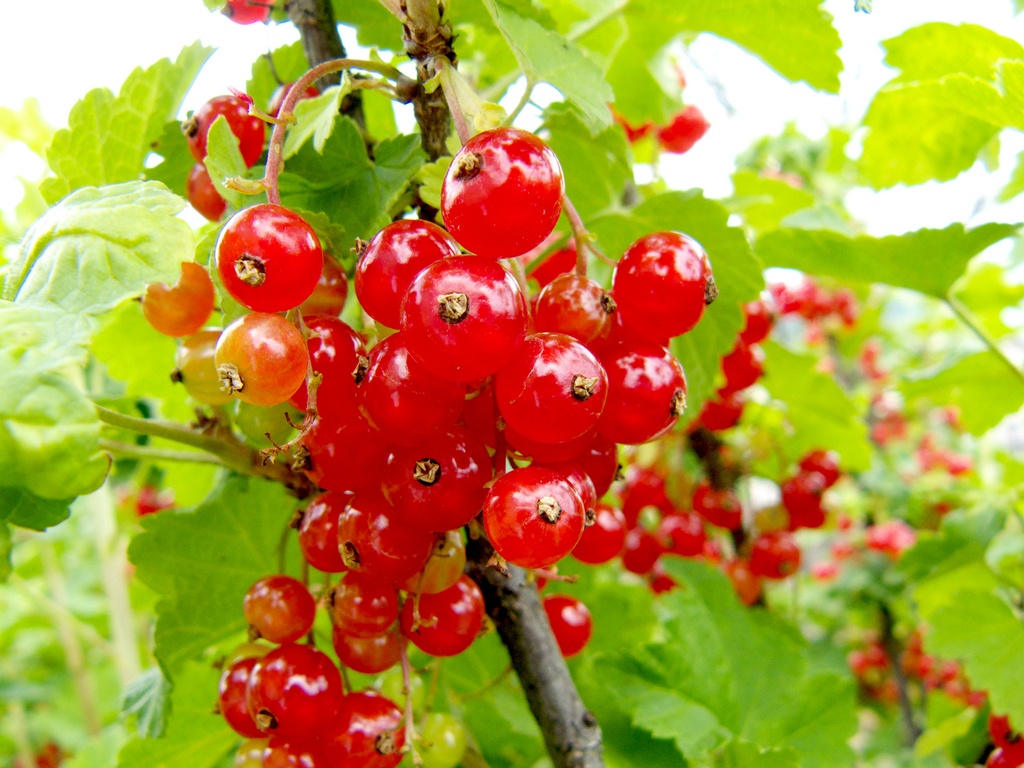Content:
The creator of the variety is the Russian breeder, a native of the Bryansk region A.I. Astakhov. The Selechenskaya currant appeared in the State Register of Plants in 1993.
Selechenskaya black currant is a favorite berry of each of us. This culture is grown everywhere. The value of this culture is in its unpretentiousness and a huge amount of vitamins.
Black currant Selechenskaya variety description
Frost resistance
The variety is quite frost-resistant and frost-resistant in spring. In winter, it can withstand temperatures down to -32 ° C.
Yield
The main quality of currants is its high yield. One bush can yield about 2-3 kg of berries. Selechenskaya belongs to the early maturing promising varieties.
Bloom
Despite the fact that the plant is frost-resistant, the ovary dies when the temperature difference during flowering and the temperature drops to -1 ° C.
Vegetation begins in early spring - around the beginning of March. The flowering period is in the first half of April. By that time, the air temperature just manages to warm up to + 8-10 ° C. The flowering period lasts about 7-12 days. The flowers are pale, have a red-violet tint.
Plant characteristic
Selechenskaya currant is a medium-sized bush, not spreading, with a lot of branches. The shoots during the growing season have a bright green color, slightly shine, there is no pubescence.
Mature branches are thicker, lignified, very curved, gray in color, with slight pubescence.
Lateral buds are rather large, pink-purple in color, inclined to the side from the shoots, ovoid and with a sharp top. The leaf scar is rounded.
The cutouts in the leaves are deep enough. The central lobe is much longer than the others; the outer lobes have sharp edges. The veins in the blades are located at a right or obtuse angle. The leaves have small sharp teeth. Petioles are green, have no pubescence.
The flowers of the currant are medium in size, the color is pale with a pinkish tinge, the sepals are medium in size with a pink-violet tinge, do not have pubescence. The raceme is quite dense and has 10-12 flowers; the base of the raceme is straight and without pubescence.
Berries of a very large size - from 2.2 to 5.0 g, have a rounded shape, deep black color after full ripening, medium thickness skin, very sweet taste - 4.9 points, have universal application. The stalk is of medium thickness and is bright green in color.
Care features
Planting shoots
Planting currants is carried out by cuttings, mainly in the fall, two weeks before the onset of cold weather and established frosts.
During this period, the seedlings take root well and will delight you with abundant flowering next spring. When planting seedlings in spring, you should do this as early as possible. The currant begins to grow very early, and by skipping the planting period, you can destroy the plant.
It is necessary to plant seedlings at an acute angle of 45 degrees, the distance between seedlings should be approximately 1-1.5 meters. You need to plant it shallowly, about 10 cm, the main thing is to sprinkle the roots well with earth. After planting, the seedlings are recommended to be cut to the third bud.
During the autumn planting, it is more advisable to insulate a young plant. For this, a special covering material is used for garden trees and shrubs.
The Selechenskaya currant is not very demanding on the climate and soil. In order to obtain a good harvest, it is necessary to comply with the following requirements:
- Correct watering. Based on the fact that currants are very fond of moisture, it is necessary to water it every week. If the weather is very hot, more often. The norm is considered to be 30 liters per 1 square meter;
- Mulching. Necessary to prevent moisture evaporation after watering;
- Top dressing. The most useful fertilizer for currants is nitrogen and organic;
- Foliar top dressing. To keep the plant healthy, foliar feeding is necessary 1-2 times a month;
- Preventive actions from pests and diseases should be carried out 2 times a month;
- The soil. Acidic soils adversely affect the growth of currants. Therefore, ash must be added to the soil. In the fall, before planting seedlings, the soil must be treated with slaked lime.
Fertilizers
Currants, like other plants, need fertilization and various feeding.
Starting from the third year, the shrub begins to bear fruit, therefore it requires more nutrients. In early spring, it is necessary to add 30 g of urea under the bush, then plow the soil and mulch with compost or humus. In autumn we do the same, but with 15 g of potassium sulfate and 35-40 g of superphosphate, we also add 200-300 g of ash.
Spring frost protection
Therefore, it is better to play it safe:
- Wrap the bushes with sponbond or any other material;
- Water the bushes under the root or spray the bush itself;
- Make smoke protection using fires or smoke bombs.
Advantages and disadvantages of the variety in comparison with others
The advantages of the Selechenskaya variety include:
- Very high yield;
- Large fruits;
- Good taste and chemical composition of the fruit;
- A large amount of sugars and vitamin C in berries;
- Frost resistance;
- Heat resistance;
- Resistance to various diseases.
The disadvantages of this variety include:
- In very rainy years, plants may be damaged by anthracnose and powdery mildew;
- Low resistance to pests;
- Very demanding on soil, watering and feeding.
According to the majority of farmers, currants are superior in yield to others. If we compare two varieties: the Selechenskaya currant and the Selechenskaya 2 currant, the Selechenskaya is superior in many respects. However, the black currant variety Selechenskaya 2 has larger berries and is less demanding on watering, soil and fertilizers.
